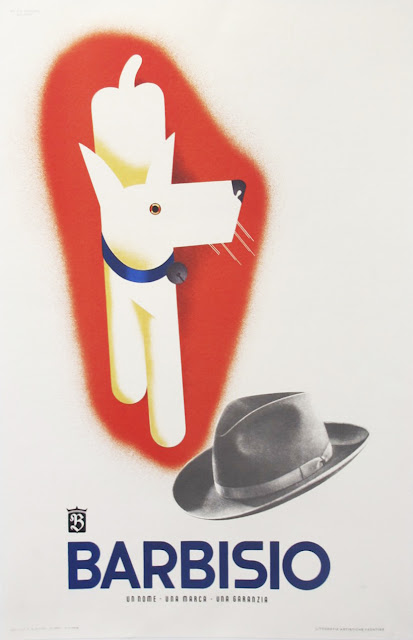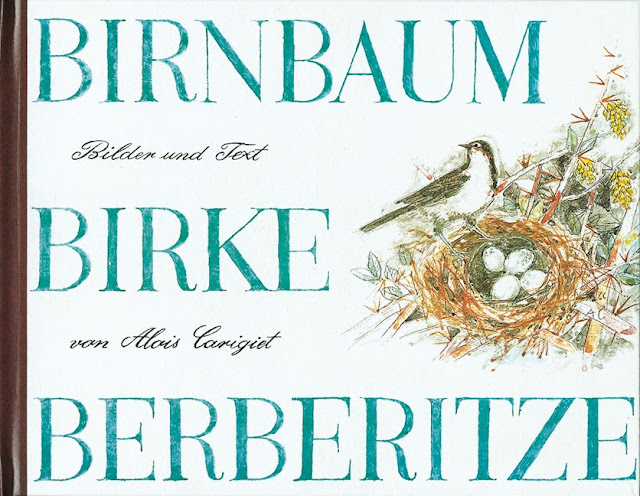Dear readers, if you're still hanging around, I'd like to inform you that as today I resume
my Animalarium postings. I feel I owe you an explanation for my long absence, so here it is: I was at a loss for words.
At the end end June Seba and I were in Sweden, having a wonderful time at the wedding
of our lovely friends Ingrid and Lorenza, when we received a phone call from one of our daughters informing us that or beloved little Chapi had suddenly died. Unseen, mysteriously, just outside our home, hit on the head by a big log of wood. The log may have fallen due to that day's small earthquake,
or maybe Maya pushed it down as they were playing... but these speculations are rather useless,
and we were simply left to face and accept the hard fact that we had lost our wonderful friend,
as it had happened just one year before with Emma.
Since I really haven't slowed down, with Summer courses, family events and even a great dancing party
in our garden, but I have often been feeling quite sad and empty inside, and couldn't face the idea
of writing a blog post, as I wasn't ready to talk about what had happened or to ignore it.
And I really didn't feel at all like posting pretty pictures of animals, especially cats,
although I did make an effort to keep the Animalarium facebook page alive.
Maya has been sad too. Chapi had been her best friend and companion since she arrived at our home, the two of them playing together for hours to our endless delight. We began to think that
we should adopt another cat, hoping that magic would happen again and the big rumpus
could resume. But we weren't quite ready.
Then, about ten days ago, a young female cat appeared in our garden. She was very hungry
and scared, and we started feeding her and making friends. One of her eyes was
in bad shape, but otherwise she looked healthy, with a very sweet temperament.
I noticed that the time spent with this kitty was the most peaceful and serene in my day.
I was hoping that she would hang around, and she did. She still spends most of the time
out in the garden, but is starting to feel more confident and to come eating inside.
Then, about a week ago, another female cat appeared out of the blue. This was pretty weird,
since during the sixteen years that I've been living here no cats had ever showed up at our door.
This one was very hungry too, but much less frightened – in a very short time, she has installed
herself in our home and looks perfectly at ease lying on the sofa. In all likeliness
she belonged to someone, and she is either lost or abandoned. We are still looking for
the owner, but it's quite likely that both of these cats will end up moving in with us.
What else can I say? I am trying to learn to keep on loving and enjoying life and living creatures,
without getting so attached that I can't accept the mystery of death, and loss,
and nature's eternal renewal.
I believe I am ready to start again.


















+(1920).jpeg)



1.jpeg)




















+Jan+Kuiper+arthur+van+kruining.jpg)
























































































































































.jpg)















































































































+darla+jackson.png)


















+Vieira+da+Silva+arthurvankruinig.jpg)
































